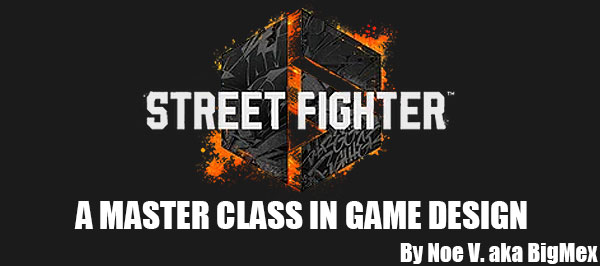
Nayshall was a relatively unknown country when a bunch of Non Government Organizations (NGO) moved in, and started changing the direction of the country. They promised residents that every school would be modernized, the internet would be accessible even in the most remote corners of the nation. Children would have a competitive future with the rest of the world. Drone technology was going to make their rail system obsolete. Everything would be much better for them once the transition was complete. Wandering the streets of Nayshall, or rather Old Nayshall in Street Fighter 6 gave us a chance to see what people thought about all of this.
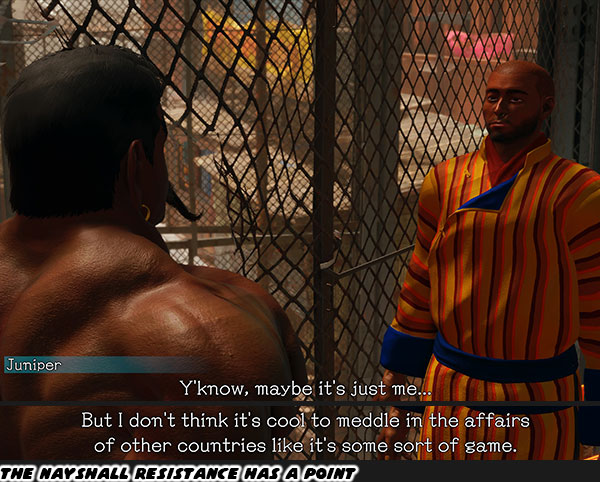
There was growing resentment among the people, and a resistance was forming. The game up until that point was teaching you how to be a better fighter. The reason why was because you were going to compete against, and for the members of the resistance. The difficulty would be ramping up in the various side missions. You had to prove that you could be trusted to meet with the resistance leader. In order to do that you had to secure a secret password, and only then would the NPC Juniper allow you to enter the Lowlands.
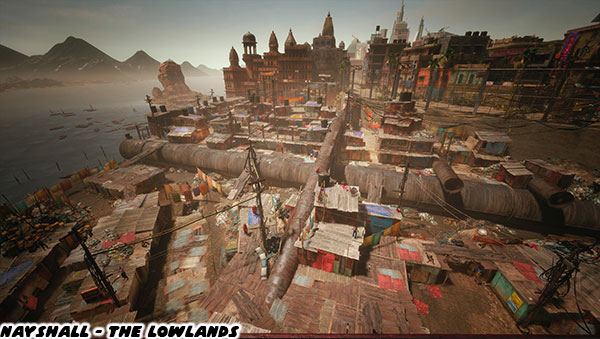
This was an entire city built in the gutter of Old Nayshall. It was a shanty village where the poorest of the poor managed to carve out a living. This was also ground zero for gangs that had traveled to Nayshall from all around the world. They were competing in an underground tournament, looking to secure a spot in the upcoming national tournament. It was a rough area to explore. Filled with rats, trash, and countless blind corners where gang members were waiting to ambush you. I could imagine that Ryu had to fight his way through places like this while traveling the poorest countries.
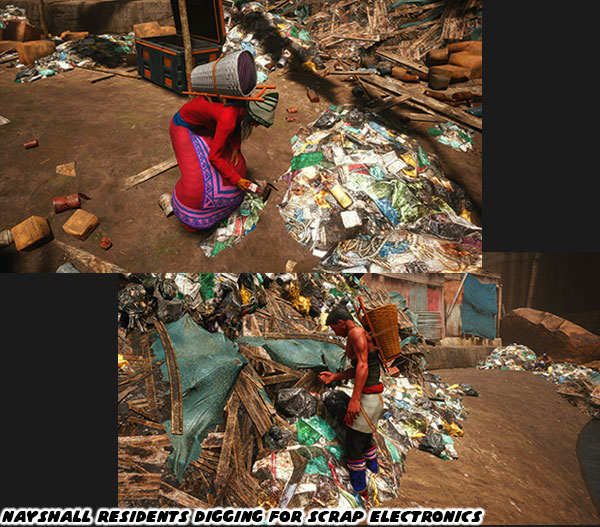
The poverty in the Lowlands was a stark contrast to the joyful Old Nayshall. I appreciated what the SF6 developers were doing when they designed this environment. They were showing audiences how the smaller parts of the world lived. It was necessary to show both sides of the same coin. We got a taste of it in Metro City. The difference between the neon lights of Beat Square, and the dark alley where the Crows hung out was a stark contrast, yet both were mere blocks from each other in the same city. The tourists got a sense that everything in Metro City was better in the post-Haggar era. However in the shadow of the Haggar Memorial Stadium there were still places that would be considered slums.
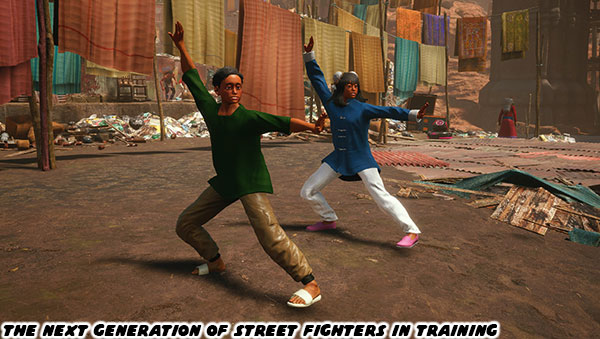
The thing that really brought the Lowlands to life was how it was presented. Some of the residents griped about the rise in gang activity. But the majority of them were not only surviving, but they were thriving. There weren’t beggars in the game, lamenting their lot in life. These people were holding tight to their dignity. They were carving out a living. Families had settled in, kids didn’t know they were disadvantaged. They were too busy playing. They were too busy dreaming of becoming the next star fighter. There were even small shops that had set up in the Lowlands, a scrap yard, a restaurant, and clothing store. The details layered in each business celebrated the cultures from the other side of the Pacific.
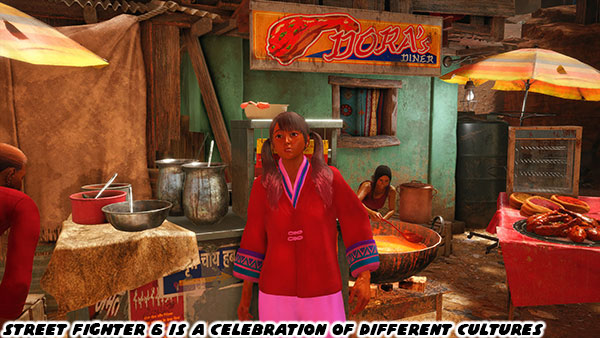
I thought that there couldn't possibly be any other Easter Eggs that the dev team could sneak in here. Especially not in Nayshall. This country had never been mentioned in any other title. The pigtailed restaurateur Dora had a small diner in the Lowalnds, and I spotted an item on her menu that made me genuinely laugh out loud. In the original Final Fight you fought a crooked officer named Edi E. He spit out his gum before he started to fight you. Of course in order to recover health in the game you had to pick up whatever food you could find by kicking over trash cans, and barrels. I'm almost certain that the Capcom team hid this detail in the game, thinking that nobody would try to pick up the gum. I would never have guessed that this tiny detail would be brought back 30+ years later. Bravo Capcom!
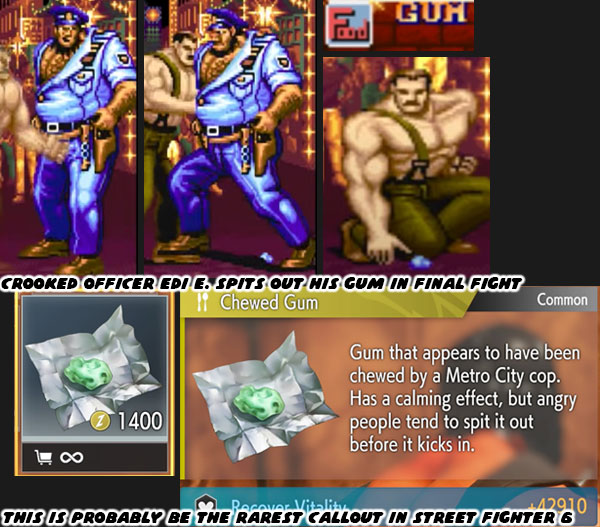
Capcom was able to give a lot of dimension to the people in the Lowlands. The story they showed was not meant for us to pity them. Instead the plot was going to focus on how they were going to stand up to exploitation. This was not going to be the story where you were a magical savior, and I am glad Capcom did not use that old trope. The layers of storytelling was much more complex than that. The strongest fighters in Nayshall had joined a resistance. It was better organized than any local, or international gang. They were determined to send their best fighter to the national competition. This was where you came in. As the best from Metro City, you also owed Mad Gear a favor because Bosch had stolen their money. You still had to prove yourself against their talent.
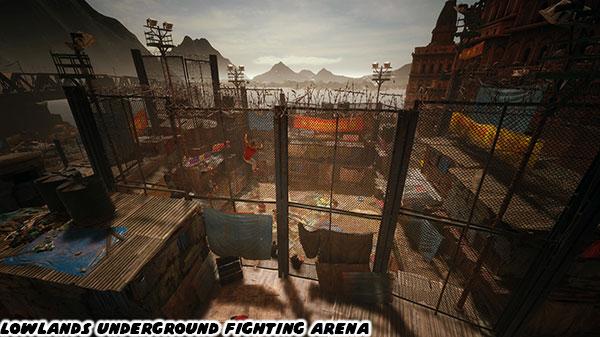
The Lowlands had their own arena. It looked more like a maximum security prison yard than a coliseum. It certainly wouldn’t be as extravagant as the Haggar Memorial Stadium. As I was exploring the Lowlands, and in particular the arena, I noticed a guy in the corner counting some money. Given all the details Capcom hid in Metro City I knew for certain that there would be something to this guy. I turned on the camera mode, and got as close as I could to the bookie. What I saw surprised even me.
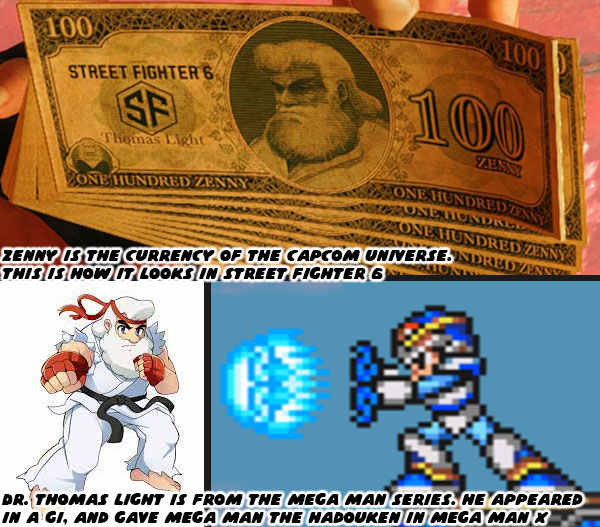
The bookie was counting $100 Zenny bills. It featured an engraving of Dr. Light from the Mega Man series. The Zenny had been the official currency of the Capcom universe going back to Black Tiger in 1987. I wondered how many of the millions of SF6 players had even bothered to take a close look at these things. As I said previously there were no throw away details in the game. Everything was planned with some forethought. After getting the screenshot of the Zenny bills I thought about some gamblers in a back alley of Old Nayshall. I went back to take some more screenshots, and sure enough, there was a table covered in Zenny coins.
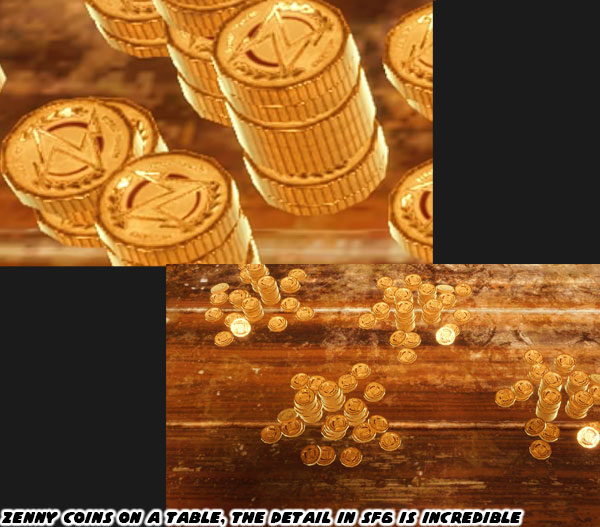
There were other details that the game snuck in. Some people were playing cards in the same alley. Every few seconds one would pull an ace, and slap it on the table. Again I turned on the camera mode, and managed to get a fairly clean picture of the Ace of Hearts. On it was Karin Kanzuki, the rival of Sakura. She had debuted in Street Fighter Zero 3. Was it a hint of a character return? Or just a random cameo from the team?
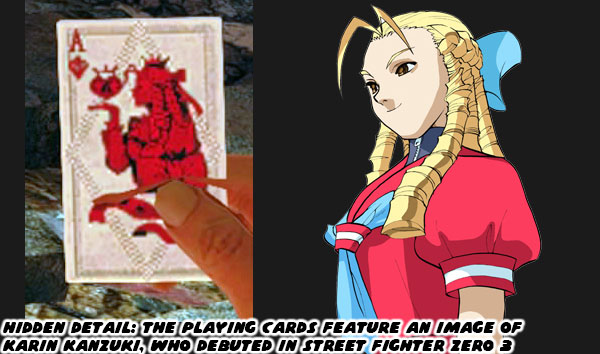
As far as world building went it was amazing how Capcom was able to put Old Nayshall, and the Lowlands side-by-side, and give you two completely different vibes. Both parts of the city still featured the dark-skinned locals, but if you were paying attention you would notice subtle differences. In Old Nayshall the majority of residents still wore traditional Tibetan fashion. In the Lowlands they wore more western attire. Mostly tank tops, and pants. The third unlocked area called the Foothills of Vashal featured mostly tourists, and monks. In Old Nayshall the NPCs that you fought didn’t have a lot of Zenny on them. Money was something you could easily get in a fight on the streets of Metro City. Instead the people of Nayshall had dyes, and crafting supplies for outfits. If you fought a tourist (who were mainly white) you would end up with an energy drink, a prepaid phone card, or bag of cucumber chips.
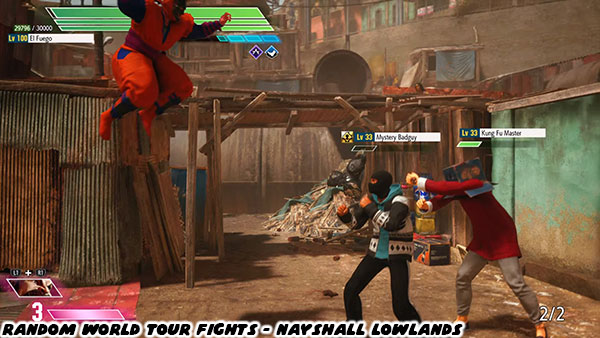
It was easy to get lost in the Lowlands, as there were many dead ends, and alleys that went in circles. You could always bring up quick travel, and have a tuk-tuk, an auto rickshaw take you to another part of town. To help out players that insisted on searching for a way out Capcom put graffiti guide markers on some boxes. The boxes lead to roofs which gave you another path to explore. It may seem like a cheap way to help lost players, but believe it or not it was something that had real world precedent.
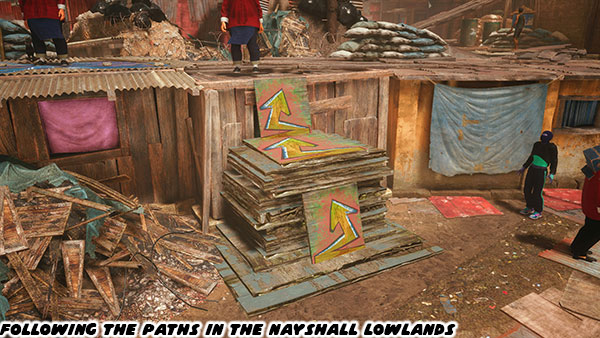
I had a friend that took a trip to Japan many years ago to do some skating, and meet up with some graffiti artists. He was with one of them when some cops tried to bust them for tagging. They took off running, but he got separated from his friends. He was lost in a foreign country with no cell phone, and no idea where to go. It was maybe 2-3AM, and everything was closed. He wandered for a little bit trying not to panic. Suddenly he spotted some tags on a street sign. His friends had left subtle tags with his nickname, and some arrows to random places. They knew the spots to paint on that a fellow artist would see, but not necessarily the authorities. He followed them, and sure enough they lead him back to the apartment he was staying at. Capcom was doing essentially the same thing for visitors to the Lowlands.
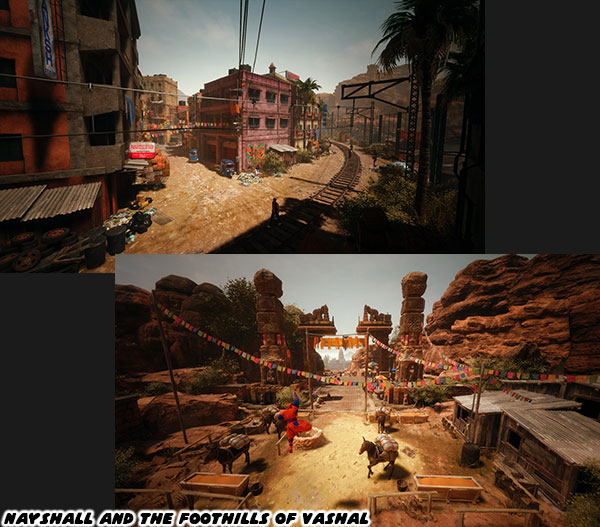
As more of the map opened up you eventually could start climbing the Foothills of Mt. Vashal. There would be another vibe in this part of Nayshall, one that was starting to show a conflict between the old world, and the new. We’re going to dig into it on the next blog. I hope to see you back for that. If you are a long time fan of Final Fight, or Street Fighter then I would like to hear your impressions of SF6. If you have never played any game previously then tell me your experiences in the comments section please. As always if you would like to sponsor me
please visit my Patreon page and consider donating each month, even as little as $1 would help make better blogs and even podcasts!















No comments:
Post a Comment